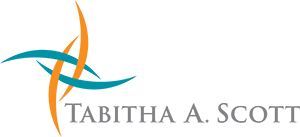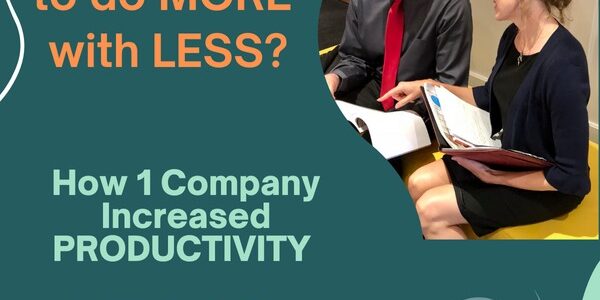In today’s ever-changing, fast-paced economy, survival requires doing more with less. It’s no secret that productivity impacts profitability and retention. But increasing efficiency can seem elusive with a newly hybrid remote-and-on-site workforce. One proven way to boost productivity up to 25% is through engagement and inclusion (Dynamic Signal 2020).
Every team member contributes differently to change. Some are natural catalysts, thriving on the unknown, while others are energized by identifying risk, providing stability to chaos. The key is to identify each person’s maximum contribution point, that place where they feel engaged, included, and happy. Then, make sure they are placed into a role that aligns with and leverages their greatest potential.
No two team members will contribute in exactly the same way and everyone’s contribution is equally beneficial. Organizations that leverage employee ideas and knowledge meet product revenue targets 46% more often and product launch dates 47% more often than their industry peers.
Our Powering Potential team worked with a Fortune 200 Company to conduct a blind, real-time experiment with 165 executives in two different regions. First, we placed them in like-type thinking teams and asked them to walk through a productivity planning exercise. Later in the day, we repeated the controlled live experiment, ensuring each team included representation from diverse-type preferences.
Region 1 scored 40% higher and Region 2 scored 53% higher overall by including cognitive variation. The company’s Senior Director responsible for leadership training noted, “Participants were energized by the productivity exercise as it allowed them to come to the conclusion that a well-balanced, diverse group reaches more impactful decisions in a collaborative environment. I would recommend it as it was fast moving and insightful.”
Traditional, demographics-based diversity and inclusion is important. And cognitive variation (differences in the way people think) further strengthens the benefits. Most companies already use traditional cognitive tools such as: Myers-Briggs, DISC, Management by Strengths, the Predictive Index, or others to highlight an employee’s preferences. While these tools increase an employee’s communications ability with peers, they can fall short of improving profitability.
Newer tools, such as the AEM-cube, which has been adopted in the U.S. by organizations like: IBM, Yahoo, Apple, Stanford and Purdue, maps employee preferences to different phases of the naturally occurring growth curves (Sigmoid “S” curves). This innovative, 3-D model can be used to reflect a team of employees simultaneously, matching talent to need, based upon an organization’s current location on a growth curve. Employees can quickly understand where they contribute most powerfully to stay engaged, included, and happy at work. Employers can identify gaps in contribution types, align strengths with assigned roles, and assure balance to maximize productivity.
Hear more about innovation and the AEM-Cube in this Video with Human Insights, read about cognitive diversity in this Harvard Business Review article, or contact me for help getting started.

